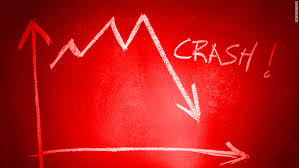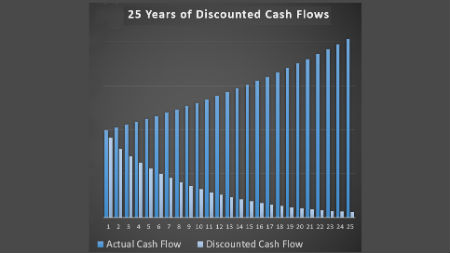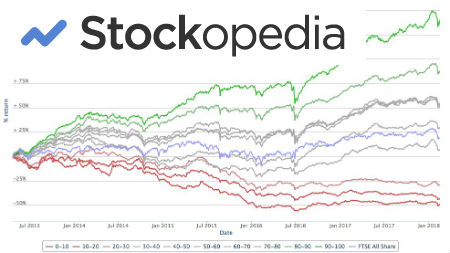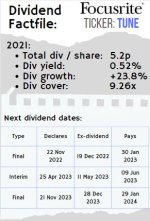
Low Dividend Yield Companies - why would I bother?
All the big-name companies I am thinking of investing have a low dividend yield. Right now Unilever is paying 2.64%, Johnson and Johnson 2.59% and Disney a measly 1.36%!
Perhaps I'm showing my ignorance here, Mike, but why would I buy a stock that's returning such a small dividend. Poking myself in the eye offers more potential for excitement than this.
Do these slim returns make low dividend yield companies bad buys?
I get that there is value built into low dividend yields because they offer the security of being a great companies.
I also get that the odds of steady dividend increases are good with a big name, but at what point does the dividend become too small to warrant investing in one of these dividend favourites?
If all you're investing in is for income, why not look at something with a 5-7% yield?
|
I'm hearing this question more and more at the moment and there is no doubt that record high stock market valuations is compressing dividend yields. That said, a low dividend yield on its own tells you very little. You need to dig deeper! For a value investor, the dividend yield is one of the metrics you look at. Indeed, several studies (such as the terrific paper from Tweedy, Browne Company LLC found here) illustrate that stocks purchased with higher dividend yields do outperform. Metrics for analyzing low dividend yield companies:1. Dividend coverThe dividend yield, though, does not give you the full picture. Firstly, you should work out what percentage of the company's earnings are paid out as dividends. This will give you the dividend cover. You should then start thinking about other value measures. 2. P/E ratioThe most well known is probably the price to earnings (P/E) ratio. This is simply the stock price divided by the company's earnings. Make sure the earnings you use are sustainable earnings and haven't been skewed by too many one off events. Value investors will generally look for stocks with lower P/E ratio. Lower P/E ratios signify cheaper stocks (although there could be good reasons why the stock is cheaper). 3. P/B ratioValue investors may also look at stocks with low price to book value (known as P/B) ratios. It is questionable how useful the P/B ratio is, especially in sectors that don't need a lot of capital to operate (such as the technology or pharmaceutical industries). That said, book value can be useful in sectors such as banking, insurance or manufacturing. Be careful with goodwill though - this can be written down easily (and therefore overstated) so you are probably better looking at tangible book value as Ben Graham advised. 4. The balance sheetYou should also be very aware of the strength of the company's finances. This can be found by looking at the balance sheet. As the great fund manager Peter Lynch observed, it is very difficult for a company to go bust if it doesn't have debt. When looking at the balance sheet, you can see what the company owns (assets), work out the quality of their assets and work out what the company owes (liabilities). The equity on the balance sheet is the excess of assets over liabilities and the higher the equity the "safer" the balance sheet is (given the balance sheet accuracy). 5. Cash flowFinally, an important metric you should consider is cash flow. More specifically, you may want to look at the price to free cash flow ratio. Free cash flow is simply the cash left over for investors after all capital expenditure has been paid. It is calculated by subtracting capital expenditure from the operating cash flow. If a company generates $1 billion in operating cash flow and has capital expenditure of $300 million, then the free cash flow is $700 million. If the market capitalization is $10 billion then the price to free cash flow is 14.3. The lower the number then the cheaper the stock. 6. Pricing in the value of share buybacksThe dividend is not the only option the company can use their free cash flow to reward you as a shareholder. Another significant form of shareholder payment is the share buyback. Share buybacks mean the company retires its own stock and effectively increases your ownership stake in the company without you doing anything. If used properly, it can be an excellent way of increasing shareholder value. The company could also be increasing your future returns by making other investments. They could use the cash to make acquisitions or they could pay down their debt. Capital expenditure can also increase returns. All of these should, if done properly, result in long term value creation. |
|
Got a BURNING dividend question for 6-figure dividend earner Mike Roberts?
What is it that you really want to know about investing?
Submit a query and Mike will write a page in response.
PLEASE NOTE - in accordance with our terms of use, responses are meant for education / interest only. We do not give specific financial advice.



